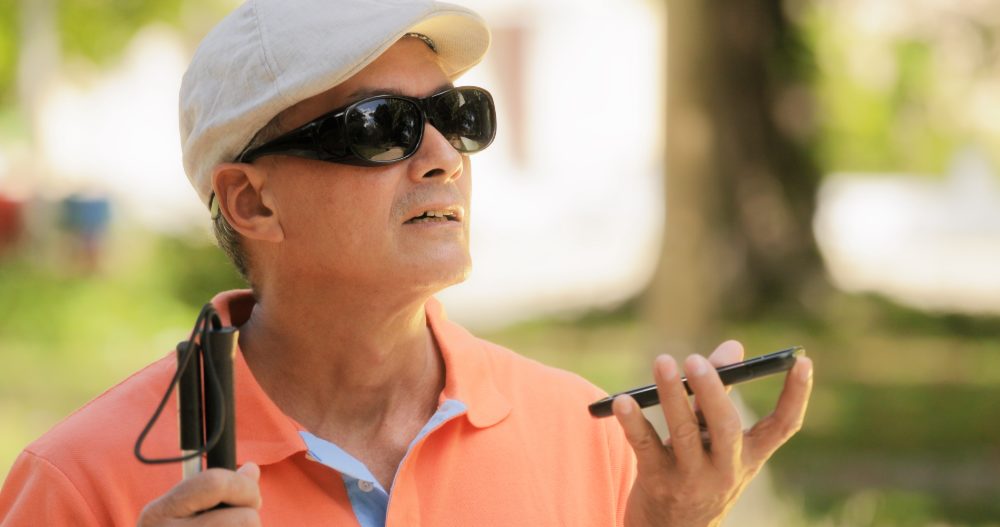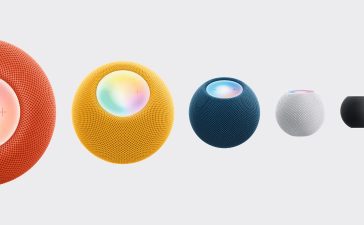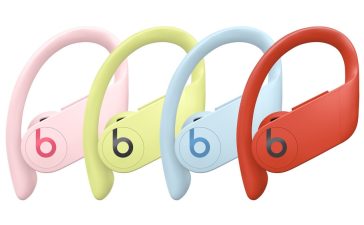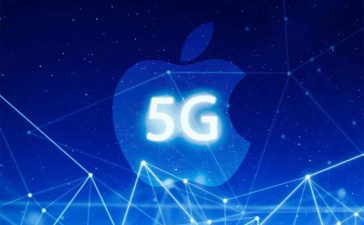Smartphone technology has become an unexpectedly vital piece of technology for the sight loss community to not only maintain independence at home and in the world at large, but also to keep up with their sighted peers in the workplace, according to a new study by Strategy Analytics.
The research group adds that, incorporating haptics and braille in mainstream tablets and smartphones, advancements in battery life and connectivity, and advances in artificial intelligence (AI), will only serve to make the visual world more accessible for people with sight loss.
“Digital Inclusion in the design of smartphones and accessible apps and services have revolutionized how the sight loss community can live and work independently,” says Lisa Cooper, report author. “Now people with sight loss can better access the same services as their peers and can also access services specifically geared towards them. By far the most essential feature in the smartphone is the camera. Used in many different use cases such as magnifying features and navigation, it is also used together with other accessible apps and services, such as AIRA, Seeing AI and Be My Eyes.”
She adds that Apple in particular has provided highly accessible devices in the palm of their hands.
“Consistency between its ecosystem of devices means that any one of its devices (e.g. iPhone, iPad or Mac) can be used in the same way,” Cooper says. “Accessibility is built-in.”





